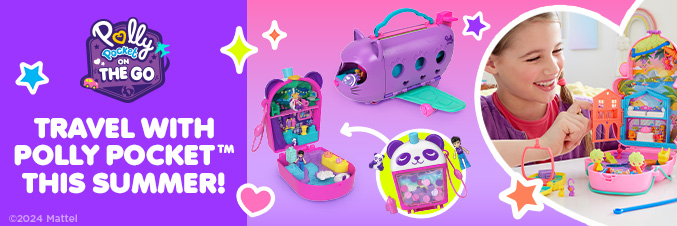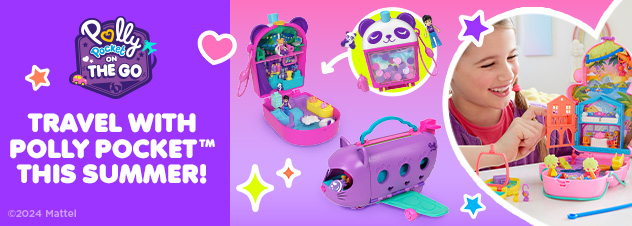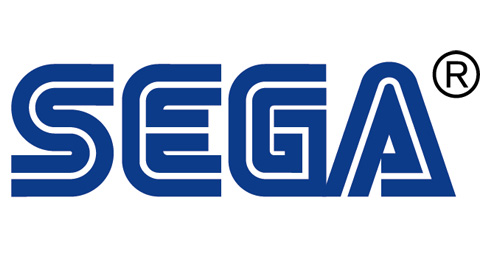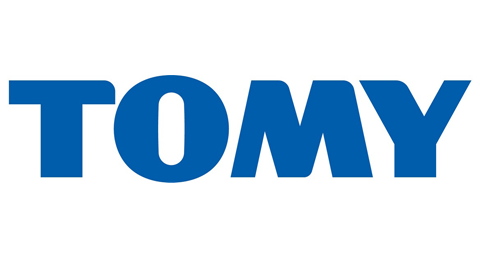Kidults – a term that has become somewhat ubiquitous in toy circles in recent years. So ubiquitous, in fact, that there are even people on LinkedIn who have nothing better to do than moan about how much they hate the word, and how we should find a better way of describing that particular audience demographic. Sure, the word Kidult is a bit clunky (although nowhere near as cringeworthy as terms like ‘phygital’), but the alternatives I’ve seen suggested are way worse. And anyway, the semantics are largely irrelevant: we know precisely what the word refers to, and that’s what counts.
Ultimately, the crucial element is the growing importance of Kidults to the global toy market. Earlier this year, Circana US announced that in Q1, Kidult sales had overtaken the pre-school segment for the first time to become the industry’s most important demographic, posting a whopping $1.5b in toy sales from January to April.
A few weeks ago, the latest Circana Europe report revealed that the Kidult market now represents 28.5% of total toy sales in Europe, with €4.5b sales in 2023. The report also confidently predicted that this trend is set to continue.
So, it’s all fantastic news for the toy community, right? Well, perhaps not all fantastic. The Circana report also stated that – and I quote – “sales to children under 12 years old are in decline.” Partly this is down to shifting population demographics, with an ageing population and a decline in the birth rate (-3% over the past decade). Compounding that trend, sales of toys to children have fallen significantly since 2021, with spend per child also declining.
I’m not going to lie – this does worry me. In an ideal world, Kidults sales should be the icing on the cake and expanding the market, not replacing lost sales to kids. If kids are moving away from toys, that’s got to be a concern for the whole toy community.
If you have kids under 12, you might recognise what’s going on first-hand. My guess is that a lot of boys are getting into gaming at a young age, and perhaps the money that would previously have been spent on toys is now going on in-game/in-app purchases. Girls are gaming too, and there is the additional lure of beauty and fashion products: no-one who attended the SuperAwesome presentation earlier this year could have failed to be shocked by the 6-year-old girl who spoke on camera about her “daily skincare routine”, which clearly involved high-end products that should arguably be nowhere near her frame of reference. And yet, here we are…
I spoke to one senior toy person recently who admitted to me that he was genuinely concerned that we are losing kids from the toy market at a younger age than ever. The toy community started talking about ‘kids getting older younger’ many years ago, but some fear that is now happening earlier than ever before, narrowing our market considerably. And looking a long way into the future (after many of us will be long gone from the industry), if kids aren’t excited by toys now, what will happen to the Kidults of the future? Many of today’s Kidult fans grew up loving Turtles, Star Wars and other iconic brands of the 80s and 90s and are gleefully taking the chance to revisit their childhood. If that passion isn’t there for the brands of today, the urge to rekindle it won’t be there in 20 years’ time.
So, what can be done to mitigate this worrying trend? Clearly toy companies are working hard to develop ranges that fit into the space where kids are starting to leave traditional toys behind. We need to do more of that, and retailers need to be brave enough to back suppliers who are pushing the boundaries. Some of these lines will work, some may not – but it’s important to take a few risks and try to tap into what kids today are really excited by, even if it does feel a little alien at times (i.e. Skibbidi Toilet).
I’m certainly not underestimating the value of Kidults to the global toy market – they’ve given a tremendous boost to sales in recent years. However, I have seen a few articles recently that are borderline dismissive of kids’ sales in the toy market, and I really hope we don’t lose sight of the importance of kids in the race to attract Kidult spending.
We’re taking a few days’ break this week, so I missed Wednesday’s BTHA Industry Day, which saw Geoff Sheffield appointed as the new chairman of the Toy Retailers Association, with his long-serving predecessor Alan Simpson handing over the badge of office after being part of the association leadership team for twenty years. Alan has made an enormous contribution to the association, and Geoff seems to me to be the perfect person to build on that legacy.
The Industry Day also saw Padraig Smyth presented with a Lifetime Achievement Award. Padraig has always kept a low profile and shuns personal publicity, but this was a fitting tribute to someone who has built an incredibly successful specialist toy business which is renowned across the world. It was also great to hear that Padraig mentioned the contribution of brothers Tony and Liam, the latter of whom sadly passed away last year. As Padraig pointed out, the success of Smyths is “testament to what can happen when a family pulls together”, something the whole “toy family” should perhaps bear in mind when the going gets tough.
As I’m away, I am also missing the opening of online retailer Booghe’s first physical store in Birmingham today. The Toy World team will be joining suppliers to celebrate the opening, and I’m looking forward to hearing their impressions of the new store. Clearly physical stores recognise the importance of having a strong online presence, so it will be interesting to see what happens when the reverse happens.
It certainly didn’t escape my notice that Amazon has quietly upped the minimum spend for shoppers to qualify for free delivery from £25 to £35, which equates to a rather substantial 40% increase. Amazon is blaming ‘external factors influencing shipping costs,’ although I suspect that is only part of the equation. Amazon never quite cracked the physical store challenge, but maybe more focused players can find a way to make it work – good luck to Booghe as they take their first steps into the world of brick and mortar.














